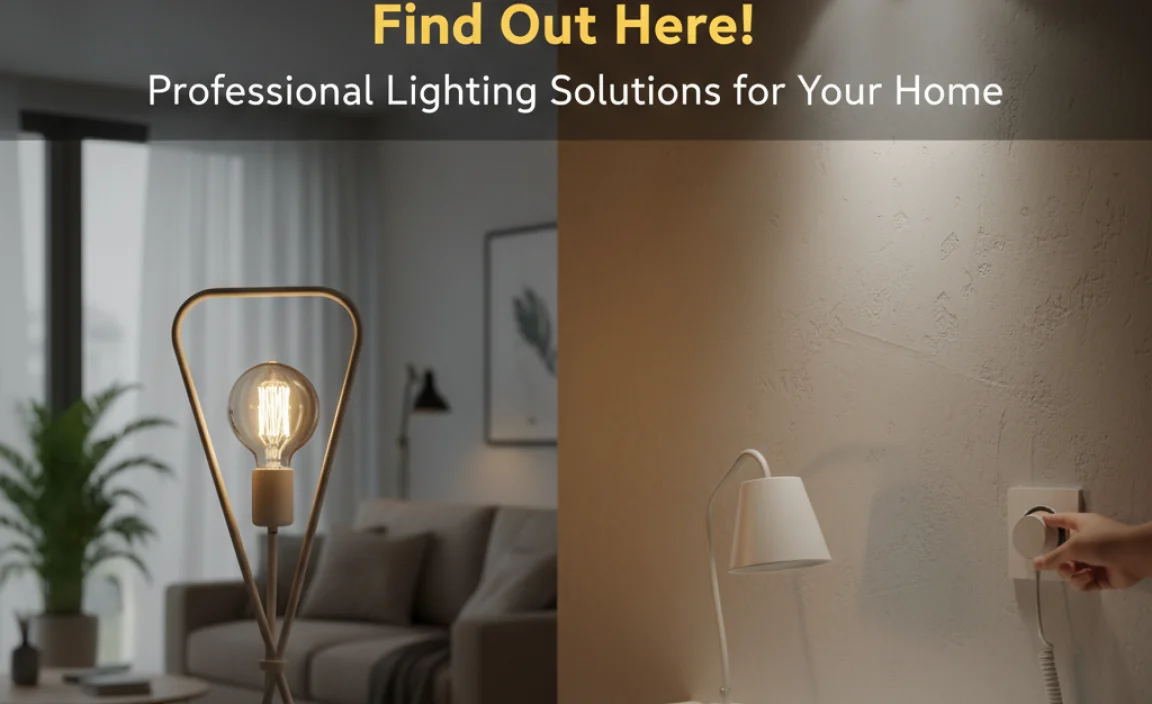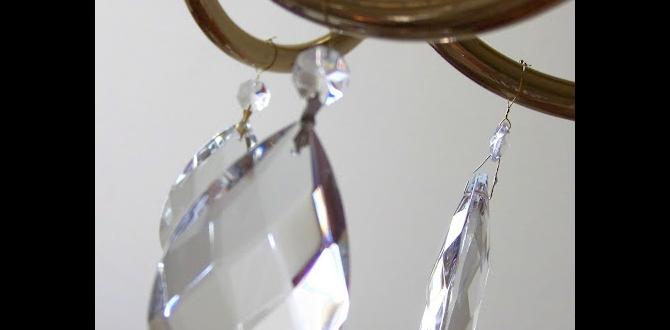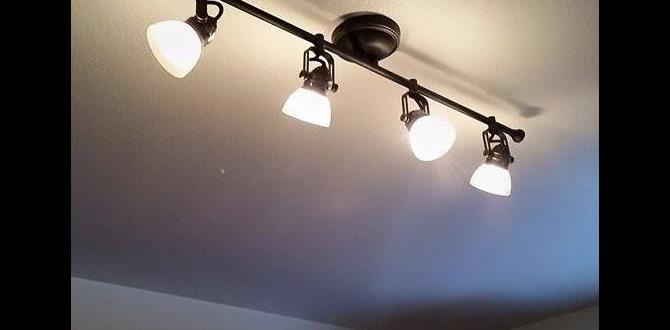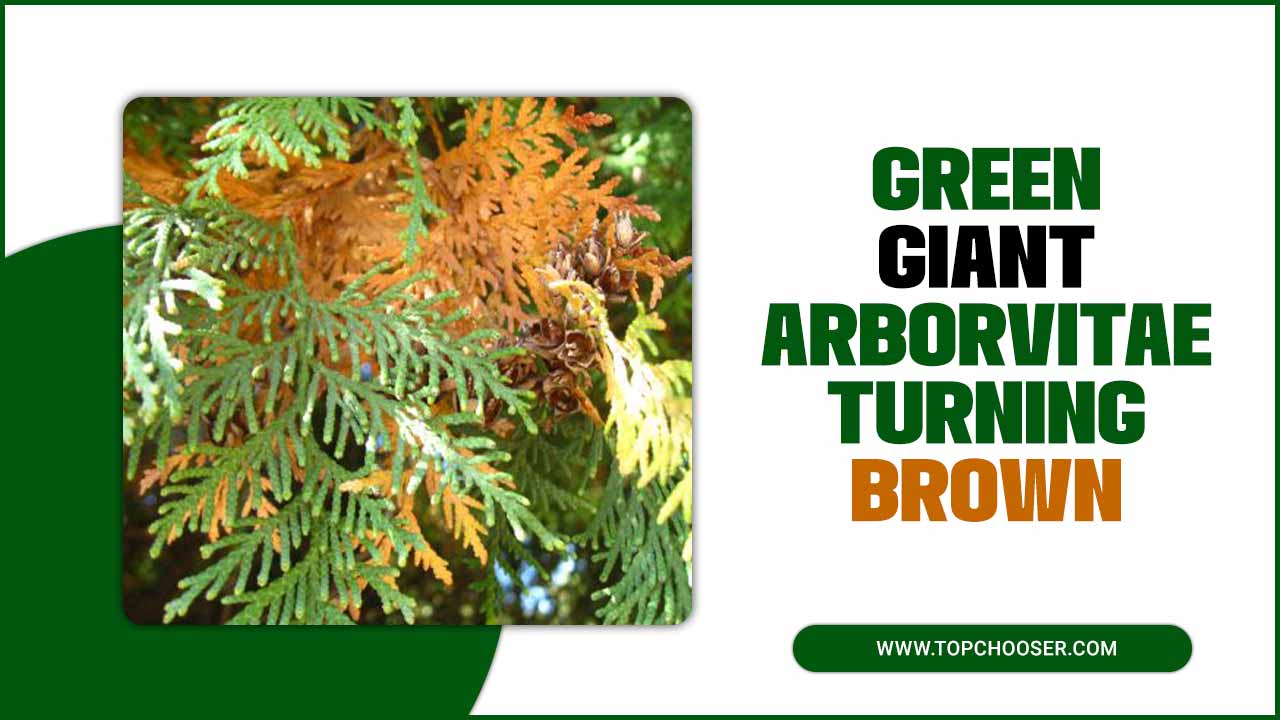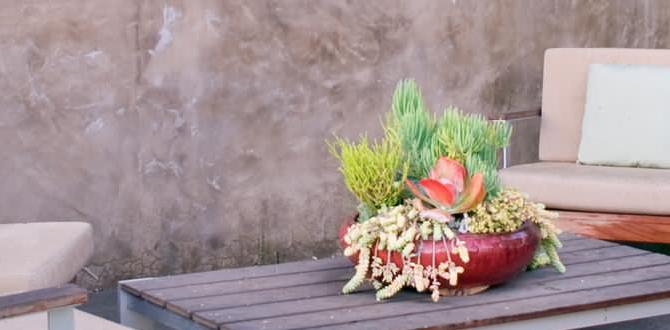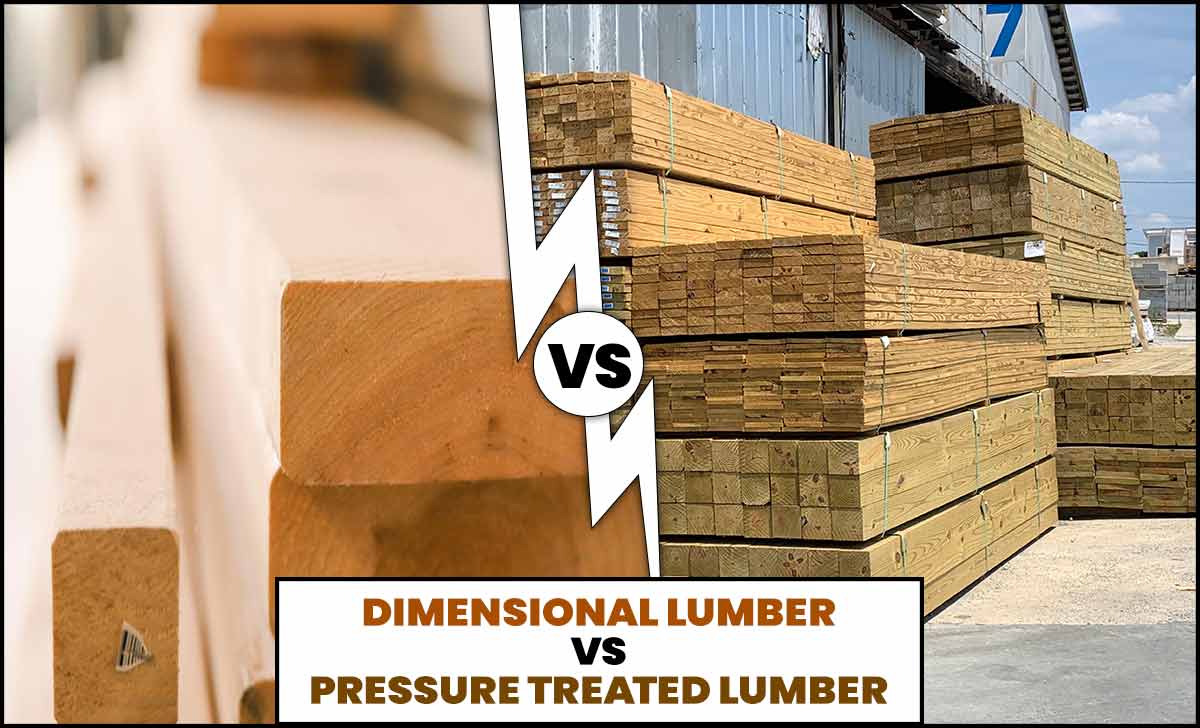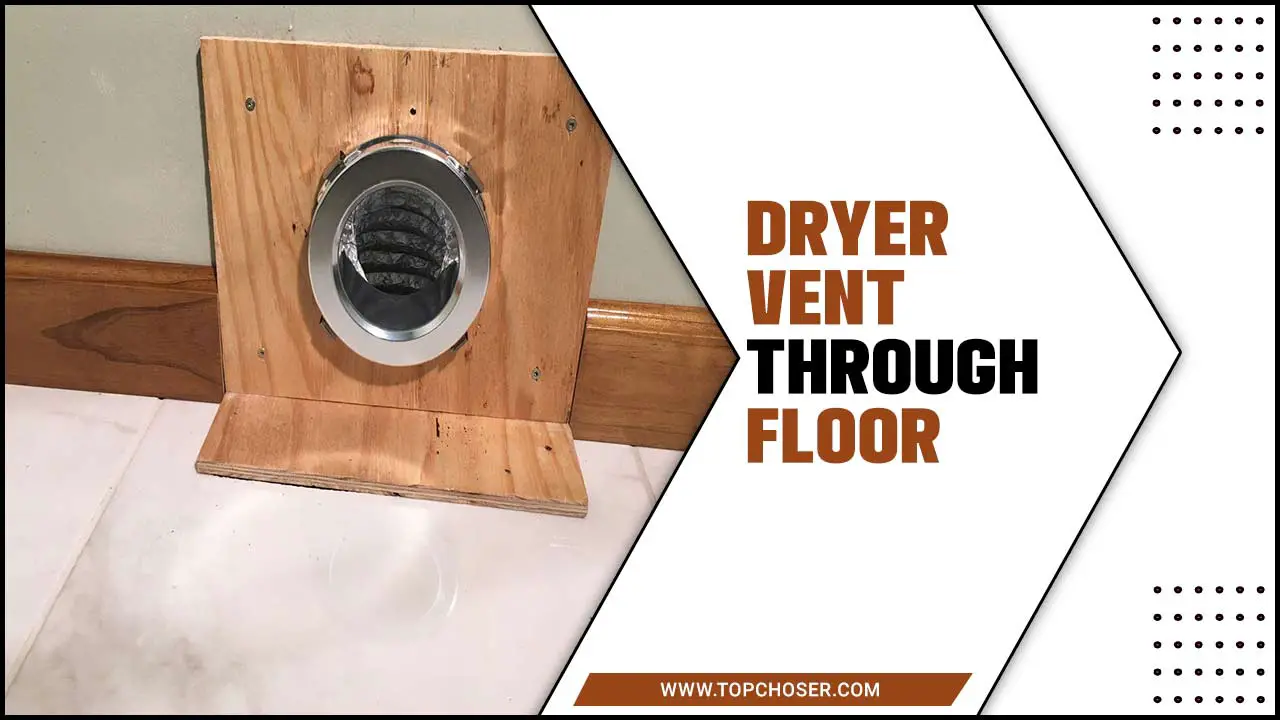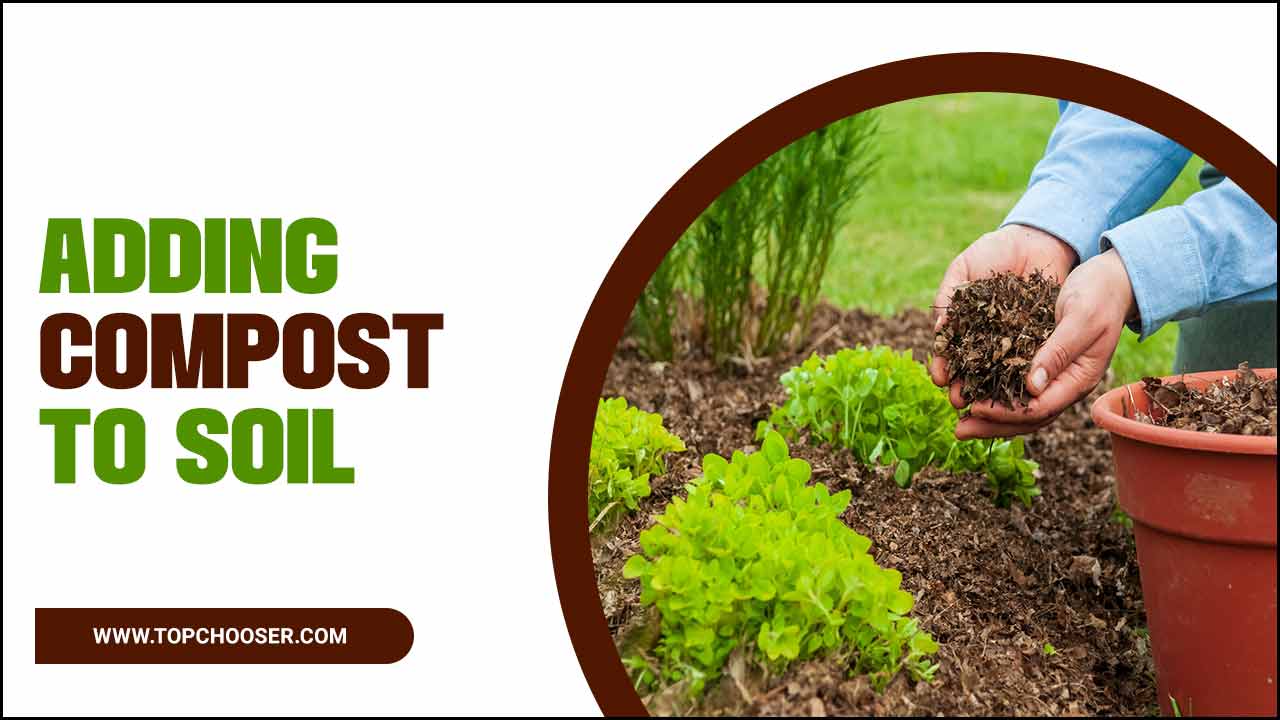Bringing home a new puppy is exciting, but toilet training can feel challenging. Have you ever watched a puppy squirm and wondered how to help them? Many pet owners face this struggle. However, learning how to toilet train a puppy can be a fun and rewarding experience.
Did you know that puppies have small bladders? They need to go out often, sometimes every hour! If you act quickly, your puppy can learn where to do their business. Imagine the joy of seeing your puppy racing to the door to go outside! This article will share simple tips and tricks for toilet training your puppy. With patience and practice, you can succeed.
So, are you ready to turn your little furball into a toilet training champ? Let’s dive in and discover how to make your puppy’s learning journey a fun adventure!
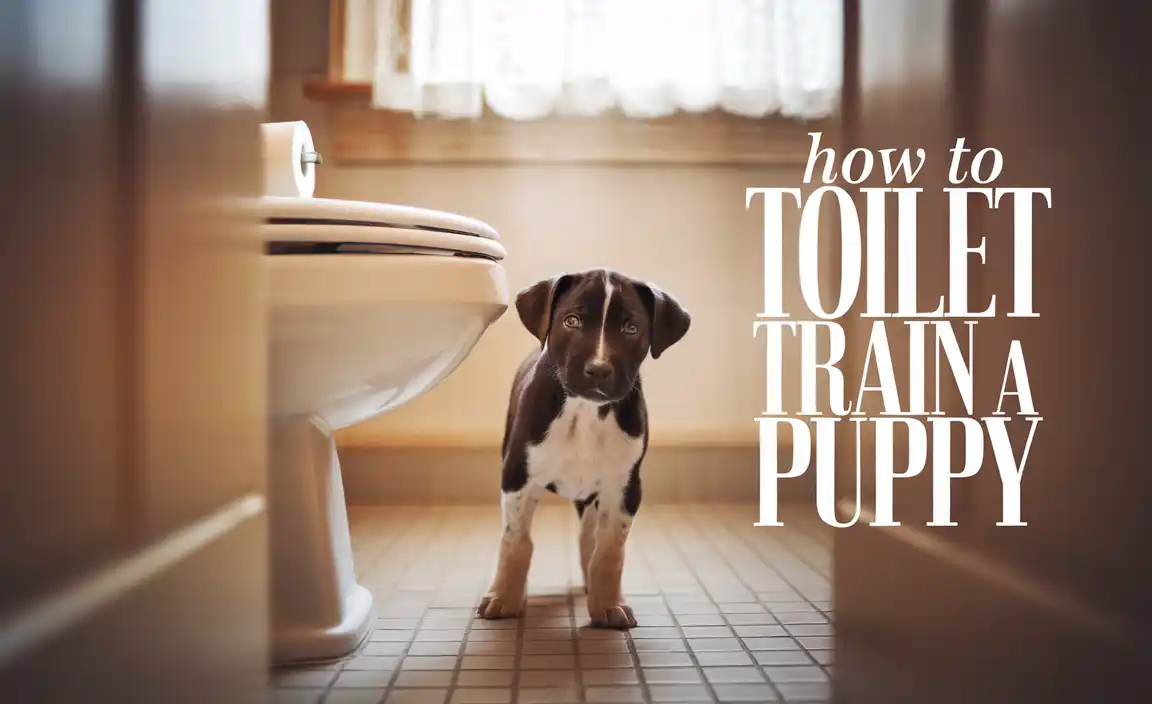
How To Toilet Train A Puppy: Essential Tips And Techniques
Toilet training a puppy can be fun and rewarding. Start by creating a routine for bathroom breaks, taking your puppy outside every hour. Use a specific area to help them connect the spot with going potty. Reward them with treats and praise when they succeed. Consistency is key to building good habits. Remember, puppies are like little sponges; they learn quickly if you are patient! Did you know that most puppies can learn this skill in just a few weeks?
Understanding the Importance of Toilet Training
Benefits for the puppy and owner. Connection to overall behavior and discipline.
Toilet training is crucial for both puppies and owners. It creates a clean home and shows the puppy where to go. This training helps a puppy feel secure. A trained puppy is happy and knows the rules. Owners enjoy fewer messes and easier walks. Good toilet habits can also lead to better behavior. A well-trained puppy listens better and learns faster. Success in toilet training builds trust between the puppy and owner.
Why is toilet training important?
Toilet training is key for a smooth relationship. It saves time and prevents stress for everyone. Happy puppies follow rules and feel at home.
Benefits of Toilet Training:
- Creates a clean environment.
- Helps the puppy feel secure.
- Reduces cleanup time for the owner.
- Improves overall behavior.
Choosing the Right Time to Start Training
Signs your puppy is ready for training. Ideal age range for effective toilet training.
To start toilet training, notice if your puppy shows signs of readiness. They may sniff around, circle, or squat. The ideal age to begin is between 12 to 16 weeks. Puppies learn faster at this age because they are curious and eager to please. Timing is key for success!
What are signs your puppy is ready for toilet training?
Look for these signs:
- Sniffing the ground
- Circling around
- Whining at the door
What age is best for puppy toilet training?
The best age is between 12 and 16 weeks. Puppies this age learn quickly and adapt well to new habits.
Essential Supplies for Toilet Training
Recommended tools and equipment. Creating a designated toilet area.
Toilet training your puppy can be a blast! First, gather some essential supplies. Think of a puppy pad as their little bathroom. A belly band can keep accidents at bay, and don’t forget treats—puppies love rewards more than we love pizza! You also need to set up a special toilet area outside. This is their designated spot for ‘business.’ Consistent trips here help create a routine.
| Supplies | Purpose |
|---|---|
| Puppy Pads | To catch accidents indoors |
| Belly Band | To prevent messes while training |
| Treats | To reward good behavior |
| Outdoor Toilet Spot | To establish a bathroom routine |
With these tools and a bit of patience, your puppy will be a potty pro in no time!
Establishing a Routine
Importance of consistency in training. Scheduling feeding and bathroom breaks.
Consistency is key when teaching your puppy where to go. Like a good breakfast, a solid routine is the secret ingredient! Make sure to schedule feeding times and bathroom breaks at the same time each day, so your pup knows what to expect. Dogs thrive on habits—kind of like how we love our favorite cartoons! Here’s a quick table to help you keep things organized:
| Time | Activity |
|---|---|
| 7:00 AM | Feeding |
| 7:15 AM | Bathroom break |
| 12:00 PM | Feeding |
| 12:15 PM | Bathroom break |
| 6:00 PM | Feeding |
| 6:15 PM | Bathroom break |
By keeping it simple and fun, your puppy will learn faster. Remember, patience and laughter go hand-in-paw!
Teaching Your Puppy Where to Go
Stepbystep guide to guiding them to the right spot. Using commands and cues effectively.
Toilet training your puppy doesn’t have to feel like a game of hide and seek! Start by taking your furry friend outside to the designated spot right after eating or waking up. Use simple commands like “go potty” so they start to connect the dots. Consistency is key! Praise them big time when they do their business in the right place—it’s basically like giving them a puppy trophy. If they go in the wrong spot, roll your eyes, take a deep breath, but don’t yell! Just guide them back outside and try again.
| Step | Action | Tips |
|---|---|---|
| 1 | Take your puppy out frequently. | Time: Right after meals or naps. |
| 2 | Use a command like “go potty”. | Keep it simple and repeat. |
| 3 | Praise your puppy for success. | Celebrate like it’s their birthday! |
| 4 | Correct mistakes gently. | No yelling; they’re still learning! |
Dealing with Accidents
How to respond to indoor accidents. Tips for cleaning and preventing repeat incidents.
Accidents happen, especially with puppies. When your furry friend has a little mishap indoors, it’s important not to panic. Simply take a deep breath and clean up the mess calmly. Use an enzymatic cleaner to remove odors. This way, your puppy won’t be tempted to return to that spot. Remember, patience is key!
| Tips for Cleaning | Prevention Strategies |
|---|---|
| Use enzymatic cleaner | Take your puppy out often |
| Blot, don’t rub | Reward your puppy for outdoor potty use |
| Clean accidents quickly | Watch for puppy signals |
To prevent repeat incidents, keep a close eye on your pup’s behavior. If they start sniffing or circling, it might be potty time. Think of it like playing detective, but with a cute, wagging tail!
Positive Reinforcement Techniques
Rewards and praises that encourage good behavior. Importance of timely reinforcement.
Using rewards makes puppy training fun! You can treat your puppy with tasty snacks or give hugs when they do well. Smiles and claps work too. Praise helps them learn. Good things must happen right after they go outside. This is called timely reinforcement. It shows them what they did right! Always celebrate their little wins to encourage more good behavior.
What are good rewards for puppies?
Good rewards include treats, praise, and playtime. Use what your puppy loves the most!
- Treats
- Praise
- Fun playtime
Common Challenges and Solutions
Troubleshooting issues like regression or stubbornness. When to seek professional training help.
Training pups can be tough. You might face regression or stubbornness. If your puppy forgets the rules, stay calm. Consistency is key. Keep using commands and rewards. Show lots of love and patience.
When should you get help? If your pup is still struggling after a few weeks, think about asking a professional trainer.
- They can offer new strategies.
- They know how to handle tough cases.
- They can teach you better ways to train.
What should I do if my puppy shows regression?
Be patient and consistent. Return to the basics and reward good behavior.
How can I tell if my puppy needs professional help?
If training feels too hard, ask a pro. They can help make things easier for you both.
Transitioning to Outdoor Toilet Training
Steps to shift from indoor to outdoor preferences. Gradual exposure to different environments.
Shifting your puppy from indoor to outdoor bathroom habits is like tossing a ball: it takes practice and some fun! Start by taking your pup outside every two hours. Use the same spot each time—puppies love routines. Gradually introduce different outdoor areas. This helps your dog feel comfortable everywhere. Remember, *patience* is key! If your puppy potties outside, give lots of praise. As they say, “A happy puppy is a well-trained puppy!”
| Step | Action |
|---|---|
| 1 | Take your puppy outside every two hours. |
| 2 | Use the same spot for consistency. |
| 3 | Gradually explore new outdoor areas. |
| 4 | Praise your puppy when they use the toilet outside. |
Maintaining Consistency After Training
Tips for continued success posttraining. Incorporating training into daily life as the puppy grows.
Success in potty training your puppy doesn’t stop after the initial lessons. It’s like a never-ending dance, and trust me, your puppy might have two left paws! Keep the routine strong to help your puppy remember where to go. Make sure to take them out at the same times each day. Their bladders are tiny, just like their attention spans!
| Tip | Description |
|---|---|
| Regular Schedule | Make bathroom breaks a part of your puppy’s daily routine. |
| Positive Reinforcement | Always reward them with a treat or praise after they go! |
| Stay Patient | Your puppy is learning; mistakes will happen, and that’s okay! |
Incorporate these tips into your daily life. Consistency is key, like a dog chasing its own tail! The more you practice, the smarter your puppy will become. Remember, every small success counts!
Conclusion
In conclusion, toilet training a puppy takes patience and consistency. Remember to establish a routine and take your puppy outside frequently. Use positive rewards to encourage good behavior. If you stay calm and persistent, your puppy will learn quickly. For more tips, keep reading and explore additional resources to help you on this exciting journey!
FAQs
What Is The Best Age To Start Toilet Training A Puppy?
The best age to start toilet training a puppy is usually between 12 to 16 weeks old. At this age, puppies can learn quickly. You should take them outside often, especially after meals and naps. Be patient and give them praise when they do well. With practice, they’ll get the hang of it!
What Are The Most Effective Methods For Potty Training A Puppy?
To potty train a puppy, take it outside often, especially after eating or playing. Use a specific spot for them to go potty. Praise them with treats and happy words when they do it right. Watch for signs that they need to go, like sniffing or circling. Be patient and consistent, and soon your puppy will be trained!
How Often Should I Take My Puppy Outside For Bathroom Breaks During The Training Process?
You should take your puppy outside for bathroom breaks every 1 to 2 hours. After waking up, eating, or playing are good times too. If your puppy starts sniffing or whining, take them out right away. This helps your puppy learn where to go. The more often you take them out, the faster they will learn!
What Should I Do If My Puppy Has An Accident Indoors During The Training Period?
If your puppy has an accident indoors, don’t get mad. Clean up the mess right away using paper towels and a cleaner that removes smells. Then, take your puppy outside to the place where you want them to go. Praise them when they go outside. Remember, accidents are normal when training a puppy.
How Can I Reinforce Positive Bathroom Behavior In My Puppy?
To help your puppy go potty in the right place, first, take them out often. Use a specific spot outside for bathroom time. When they go potty there, praise them a lot! You can say “Good job!” and give them a treat. This teaches your puppy that going in the right place is great!

